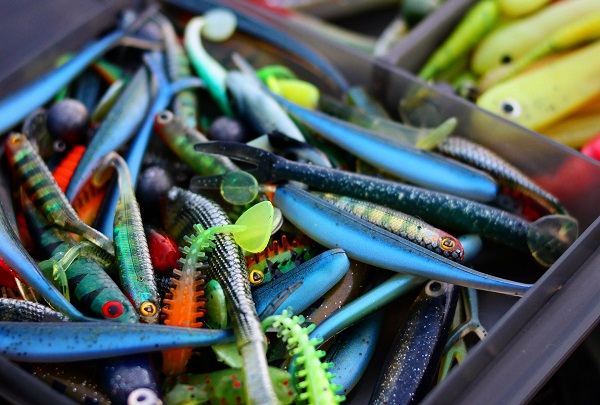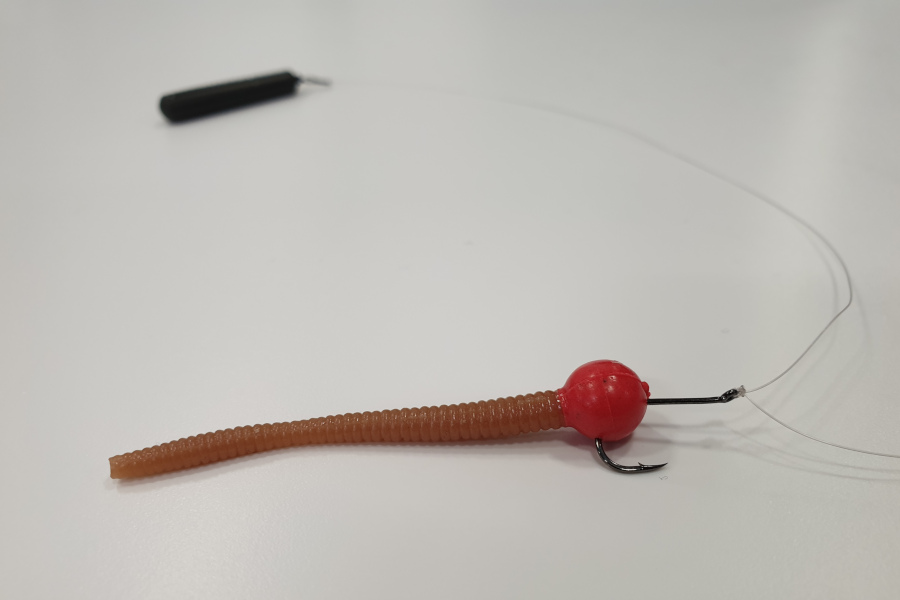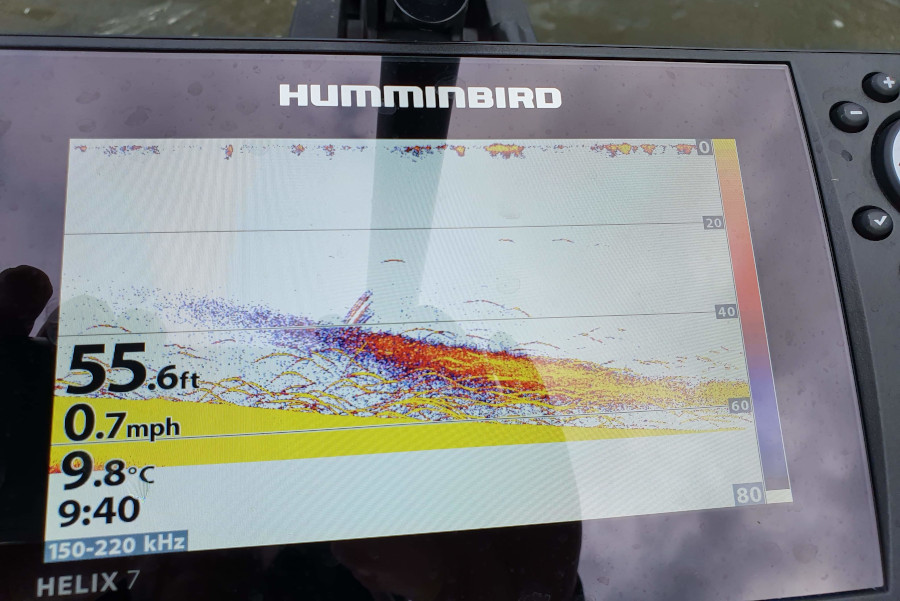As a lure angler, we all know how addictive it can become, buying new shiny lures! We’re all guilty of it! Sometimes, we even pay excessive amounts of money for them too. As lure anglers, one thing we have been guilty of at some point in our fishing careers is neglecting our cherished lure collection and let’s face it, it can be a costly mistake.
In this article, we cover off some useful tips to preserve the life of your lures.

Soft Plastic Lure Storage
The soft plastic lure craze has really exploded in the UK market in recent years thanks to the influence from American and Scandinavian anglers. We are now at the point that competition is fierce within the soft plastic lure industry. Lure companies are forever looking to enhance these lures further with added attractants and experimenting with the materials they use. With this in mind, it now means we have to be careful how we store these lures.
Surely you can chuck them all in a lure box?
Well, unfortunately, you can’t! Each brand may use a slightly different soft plastic compound which means in some cases, if two different branded plastics are stored together it could cause a chemical reaction. In minor cases, this can see the colour transfer from one plastic lure to another. On the other end of the spectrum, it can see soft plastic lures melt into one another or even melt into the plastic moulded tackle box itself!
So what do you recommend?
We recommend storing the same branded soft plastic lures together and even the same colour patterns when and where possible. This will reduce the risk of colour transfer. Please note, some motor oil colours can still transfer onto different coloured lures of the same brand.
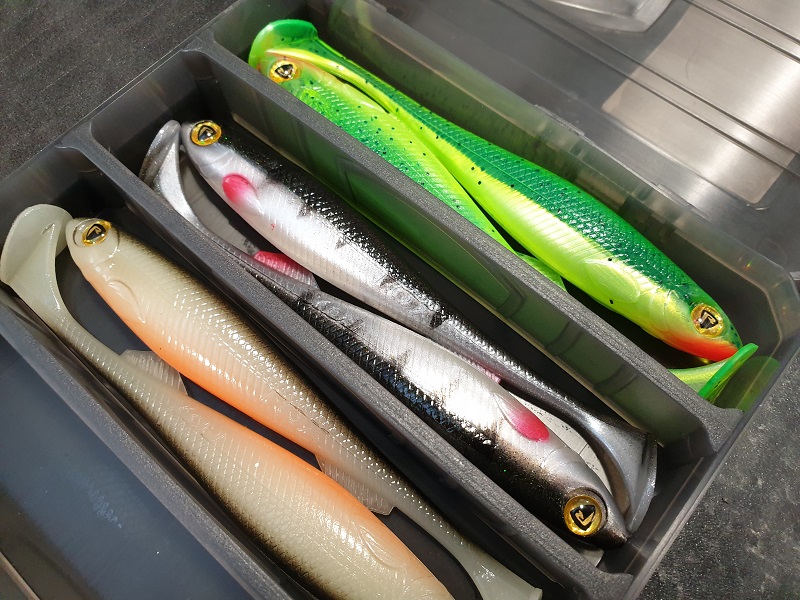
Also ensure you read the storage guidelines on the back of lure packaging, they will indicate how to store their lures. Some manufacturers even recommend keeping them in their own packaging to preserve their life.
Impregnation!
Modern soft plastic lures are impregnated with salts and various other attractants. Try and store salt impregnated lures away from metal lures or hooks – especially if wet. This can cause unwanted corrosion and decrease the life of metal-based terminal tackle.
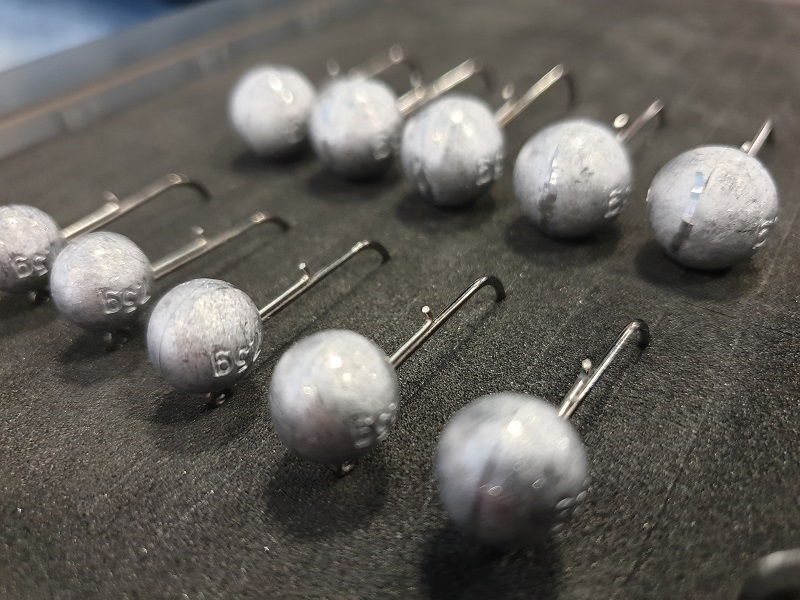
Sticky Sharp!
One thing we highly recommend but don’t see or hear a lot of lure anglers do, is keep your hooks sharp! Working lures close the bottom or over rocky structure will quickly see hook points become blunt. Checking the hook point on the back of your fingernail will indicate if any damage has been done to the hook. Hold the hook by the shank using your thumb and index finger. Gently rest the hook point on the nail of your other thumb at a slight angle. Don’t press the point into the nail; just basically let it rest on the thumbnail with a slight bit of pressure, ensure you support the weight of the lure in your hand while doing so. Now very gently try to pull the hook down to the tip of the nail. If the lure hook slips across the nail then it’s not sharp enough. If it grips or sticks it’s sharp enough to fish with.
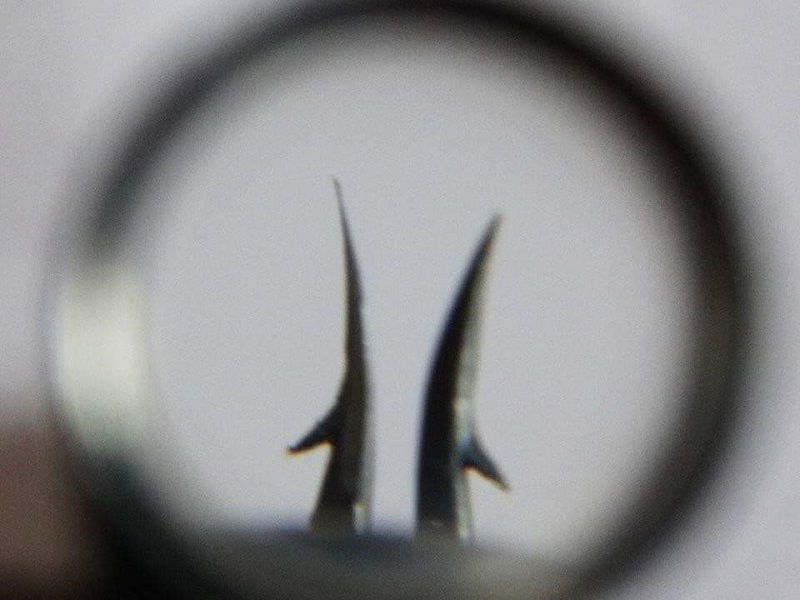
If a hook requires sharpening, a designated hook file is recommended.
Place the hook file parallel to the hook, run the hook file gently up the side of the hook towards the hook point 2 or 3 times. You should see silver appear on the hook, this indicates the hook file is taking away metal. This should be done on the three sides of the hook, the back and the two sides. Do not file the hook point itself or the inside of the hook point.
Getting kinky with it!
Storing soft plastic lures such as shads or swimbaits can be a nuisance, storing multiple swimbaits with inevitably see the paddle tail kink or bend out of shape. This can dramatically affect their swimming action. To reduce this, try and store the same style of paddle tail with each other in a head-to-toe layout.

Storing a heavier boot tail shad on top of a lighter paddle tail lure can see the deformation of the lure. Try and buy lure boxes that have removable dividers so you can also tailor the length of the storage compartments to accommodate your lures. This will stop any unwanted movement and allow you to store them methodically.
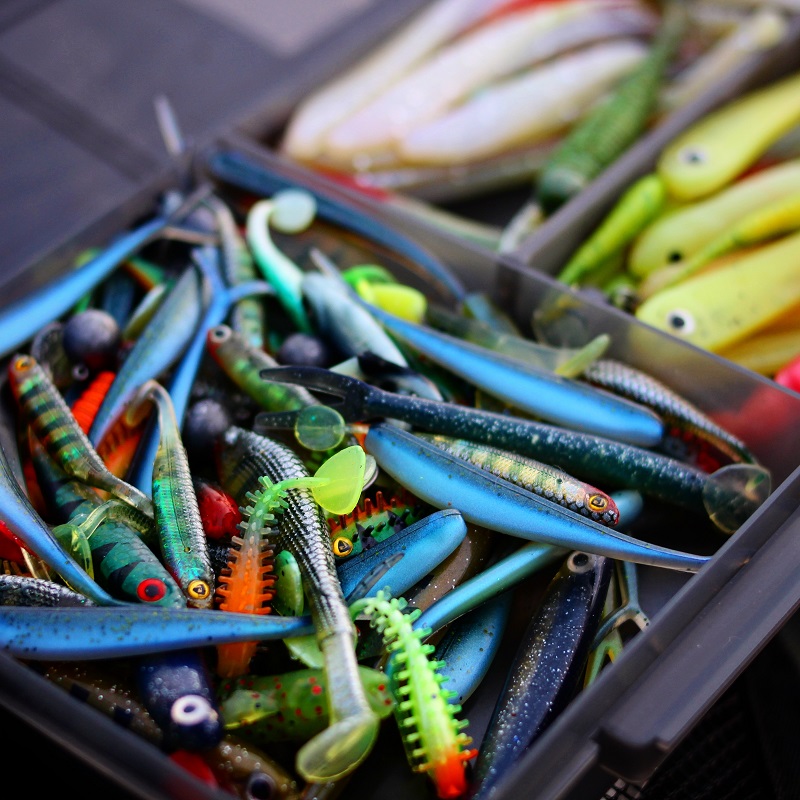
Poor lure storage can result in lure deformities.
There is no doubt you will encounter a deformed paddle tail at some point. These can be amended by simply boiling a pot of water and dipping the tail of the lure in this for 10-15 seconds (Please use a pair of tongs/pliers to hold the lure during this process) and then remove the lure from the boiling water and dip this in a cup of cold water for 10 seconds. This will restore the lure’s tail to its natural form.

Dry Storage
After using any lure we tend to keep the lure out of the tackle box during a session to dry, before storing it away. If you don’t have space or time to do so during a session, ensure you remove all the damp lures from your lure box after use and allow them to dry before storing them away. As previously mentioned, this will stop any unwanted rust or corrosion to split rings, hooks etc.

Easy pickings!
When preparing for a day’s fishing, storing lures in modular lure boxes will not only alleviate the issue of lures becoming entangled in a big fat mess. It allows you to fish more efficiently by pre-selecting lures to cover all your fishing scenarios and neatly storing them away.


